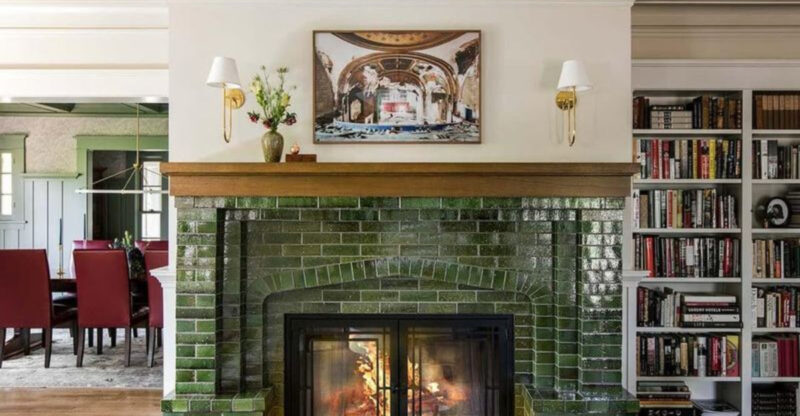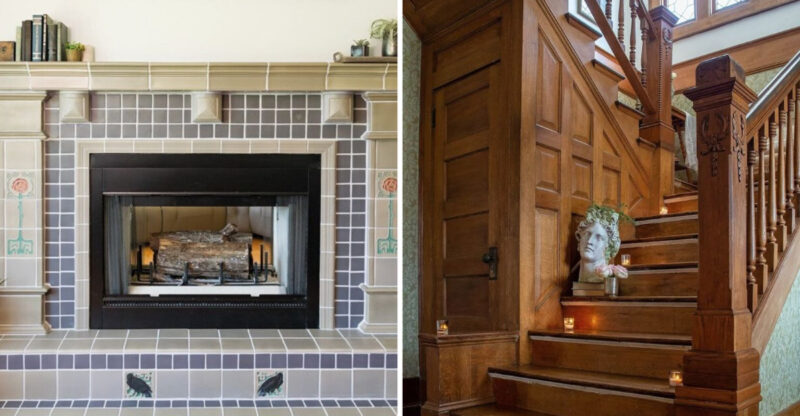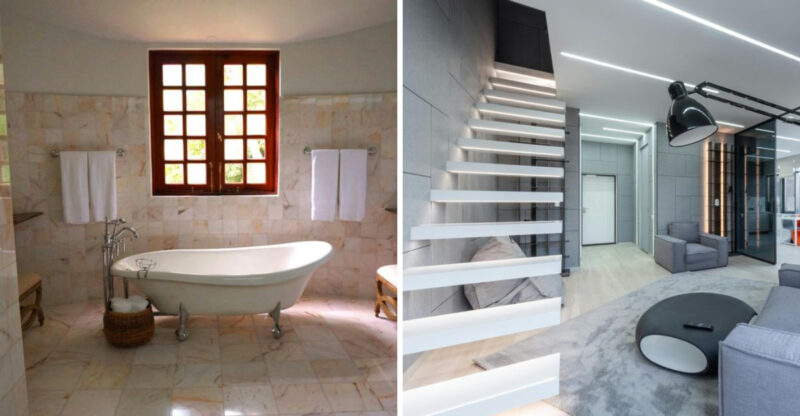North Carolina Housing Forecast: 12 To Avoid, 11 Worth Buying By 2025
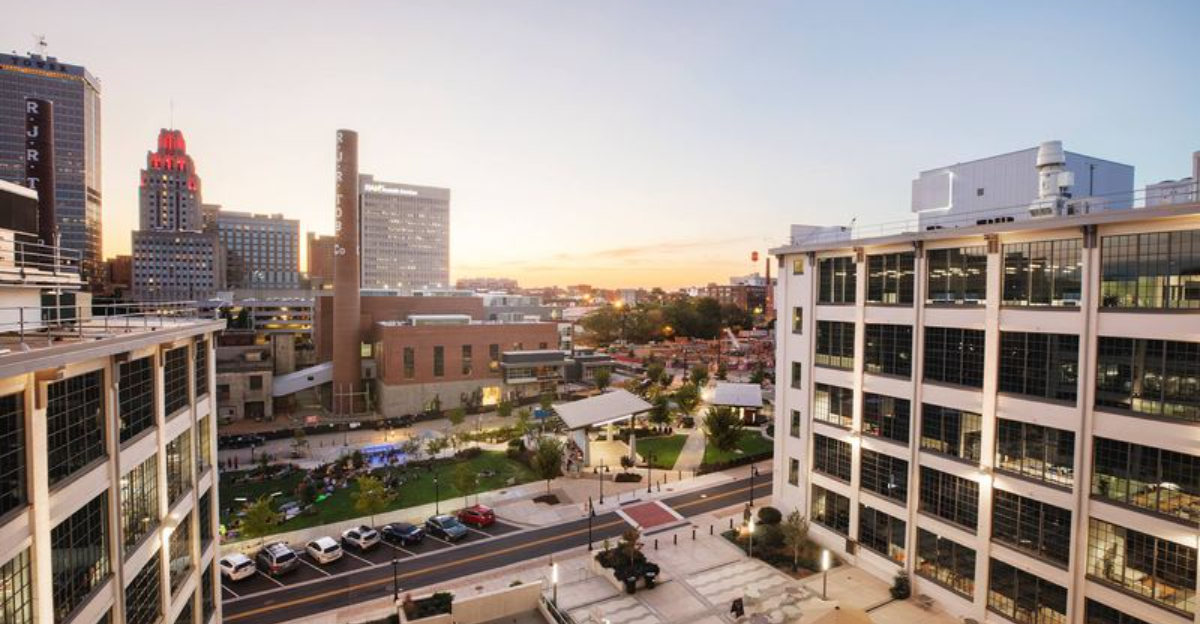
The North Carolina housing market is experiencing significant shifts as we approach 2025. With rising interest rates, changing demographics, and evolving work patterns, some areas are poised for growth while others face potential downturns.
Whether you’re a first-time homebuyer, investor, or looking to relocate, this is for you! Understanding which NC markets to pursue, and which to avoid, could save you thousands and protect your investment for years to come.
1. AVOID: Overpriced Charlotte Suburbs
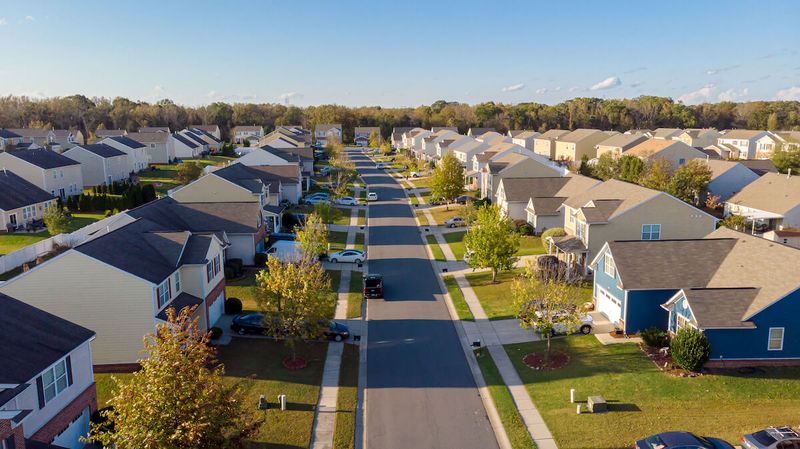
Suburban sprawl has pushed prices to unsustainable levels in areas like Ballantyne and Waverly. Local salaries simply can’t keep pace with the inflated housing costs.
Charlotte’s outer rings have seen a 40% price increase since 2020, creating a dangerous bubble. Many developments lack proper infrastructure and amenities to justify their premium prices.
First-time buyers should be especially cautious of these artificially inflated markets that could see significant corrections when interest rates stabilize.
2. BUY: Durham’s Revitalized Downtown
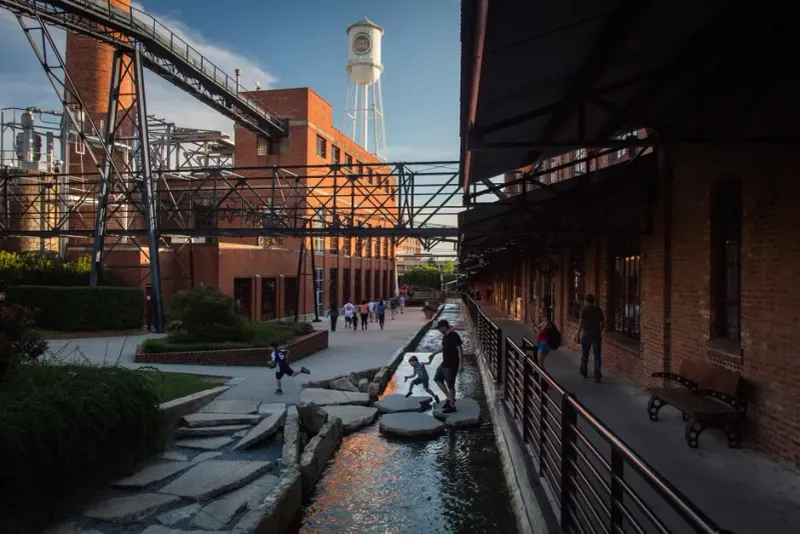
Once overlooked, this lively district has transformed into a cultural and technological hub. The former tobacco warehouses now house tech startups, craft breweries, and trendy lofts.
Durham’s downtown has experienced steady 8-10% annual appreciation without the wild swings seen in other markets. The presence of Duke University and Research Triangle Park provides a stable employment base.
Young professionals and empty nesters alike are drawn to the walkable lifestyle and diverse community that defines this area.
3. AVOID: Flood-Prone Coastal Properties
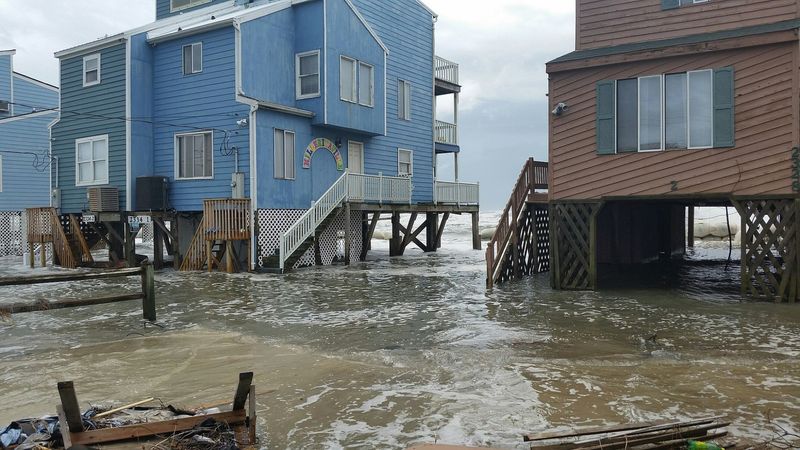
Climate change has increased hurricane intensity and flooding risks along the North Carolina coast. Insurance rates have skyrocketed, with some properties seeing 300% premium increases in just five years.
Many coastal homes require expensive elevation retrofits that can cost upwards of $100,000. FEMA flood maps are being redrawn, pushing more properties into high-risk zones with mandatory insurance requirements.
Beautiful ocean views come with serious financial risks that many buyers fail to calculate into their long-term ownership costs.
4. BUY: Asheville’s Sustainable Communities
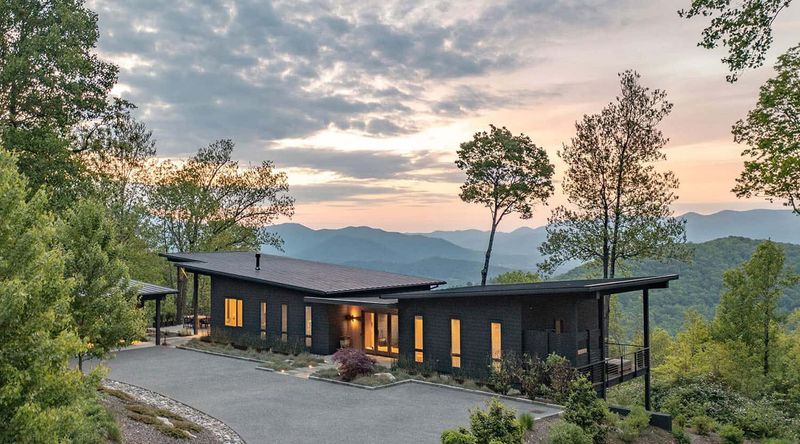
Eco-friendly developments around Asheville offer both sustainability and strong investment potential. These communities incorporate solar power, rainwater harvesting, and energy-efficient construction.
The area attracts environmentally conscious buyers willing to pay premium prices for green features. Demand consistently outpaces supply in this niche market, creating steady appreciation even during market downturns.
Mountain views combined with progressive community planning make these properties uniquely positioned for long-term growth.
5. AVOID: Rural Areas Without Broadband
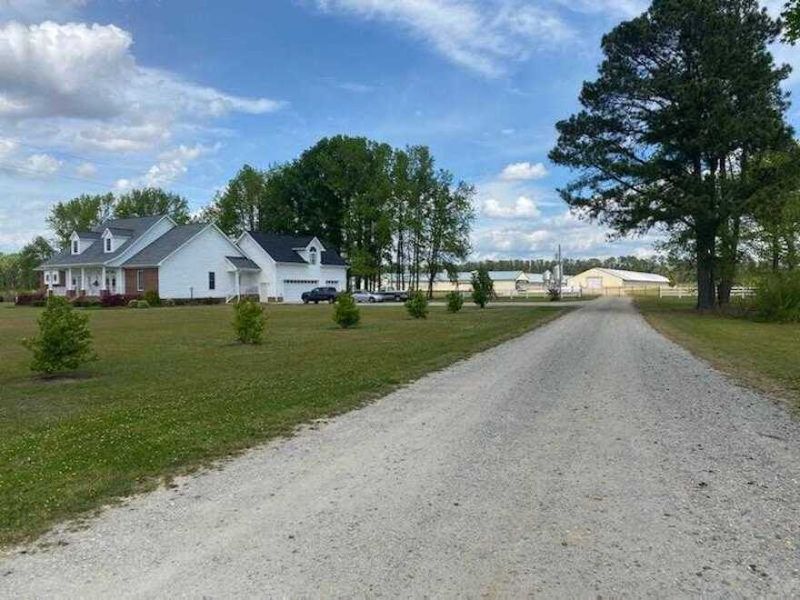
Remote work remains popular, but rural properties lacking high-speed internet access face diminishing demand. Some beautiful countryside homes sit on the market for months longer than comparable connected properties.
Satellite internet alternatives often disappoint with data caps and weather-related outages. Young families especially avoid these areas due to educational disadvantages for children.
Even with lower initial purchase prices, these disconnected properties typically see minimal appreciation and longer selling periods when owners decide to move.
6. BUY: Raleigh’s Transit-Oriented Neighborhoods
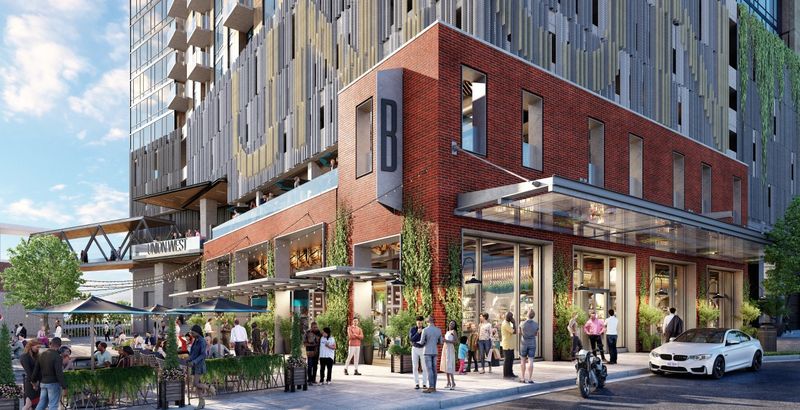
Looking to skip the car keys and still watch your property’s value zoom? Raleigh’s transit expansions are your golden ticket!
Forward-thinking developments near new light rail stops have been appreciating 15-20% faster than the rest of the market. With billions poured into transit, millennials and green-minded buyers are ditching their rides for walkable, mixed-use communities.
Think homes, shops, and offices all mingling…where you can live, work, and snack without ever hopping in a car!
7. AVOID: Factory-Adjacent Neighborhoods
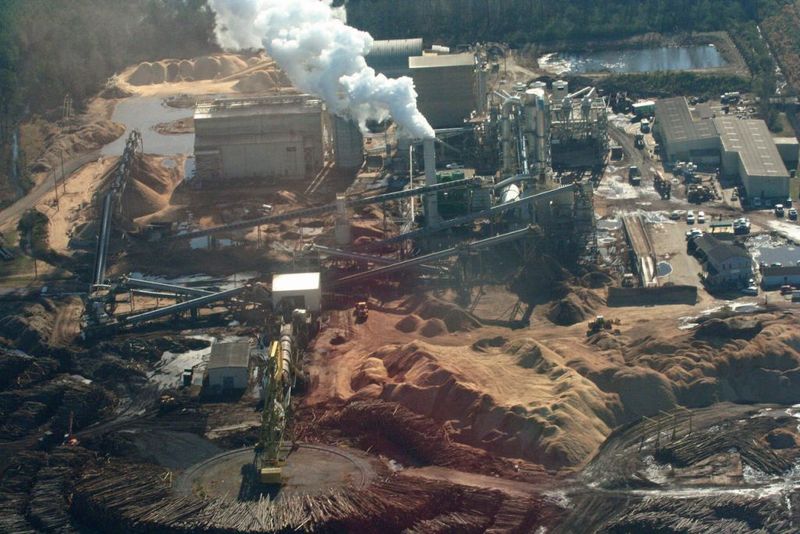
Industrial expansion has created environmental concerns in several North Carolina communities. Homes near manufacturing facilities often experience air quality issues and persistent noise pollution.
Property values in these areas typically lag behind the broader market by 15-25%. Environmental regulations continue to tighten, potentially forcing costly retrofits or even closures that could destabilize local employment.
Health-conscious buyers are doing their homework on neighborhood air and water quality before buying. This trend further shrinks the buyer pool for locations with environmental issues.
8. BUY: Wilmington’s Historic District
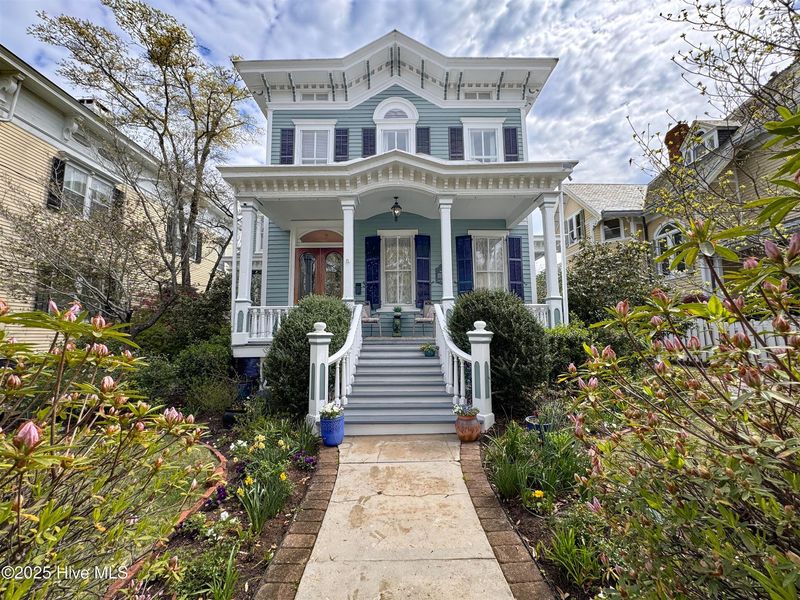
Charming cobblestone streets and preserved architecture create enduring appeal in this coastal treasure. Historic designations protect the neighborhood character while providing tax benefits for property owners.
Wilmington’s film industry and growing tourism sector support strong rental potential. Properties here maintained their value even during the 2008 housing crisis, demonstrating remarkable resilience.
The limited supply of authentic historic homes combined with consistent demand creates a seller’s market even during broader downturns.
9. AVOID: Areas With Water Contamination History
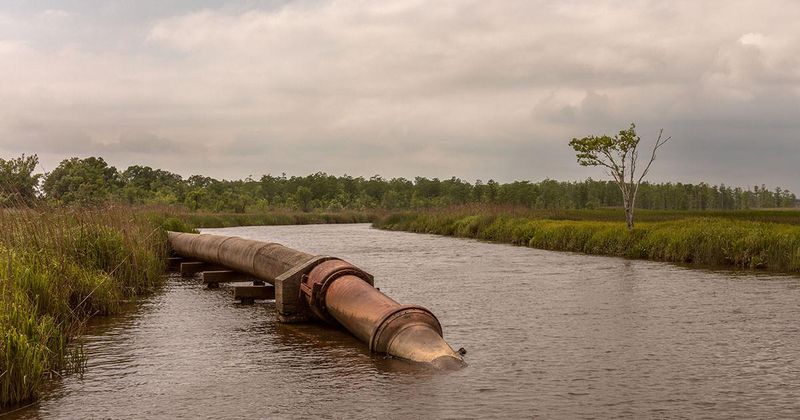
Worried about what’s lurking beneath your dream home? Several North Carolina areas still battle legacy industrial contamination.
The GenX chemical concerns near Fayetteville have cast a long shadow on drinking water safety. Homes in these spots sell for 20-30% less than clean-water neighbors.
Slow cleanup and strict disclosure rules make selling tough, even after fixes. With future buyers having more environmental data than ever, hiding these issues will become a thing of the past.
10. BUY: Chapel Hill’s Academic-Adjacent Properties
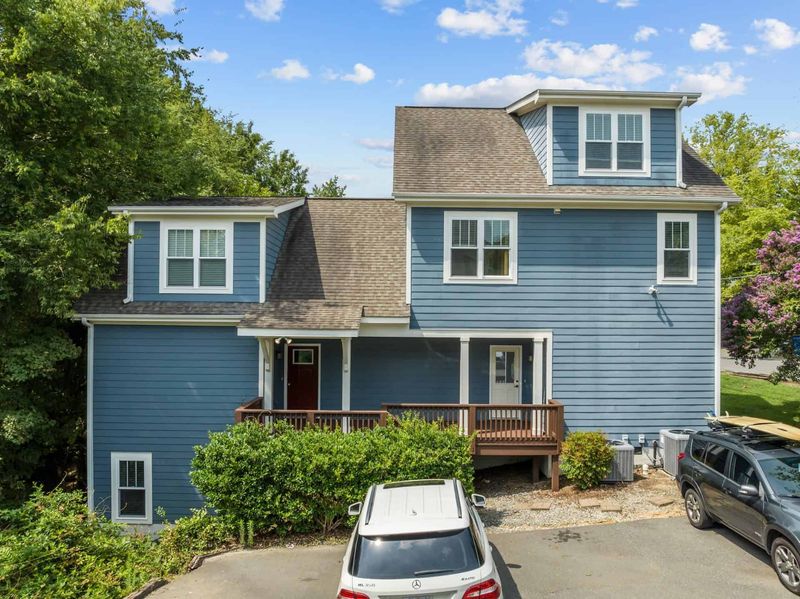
Proximity to UNC-Chapel Hill creates perpetual housing demand from faculty, staff, and graduate students. These neighborhoods maintain consistent occupancy rates even during economic downturns.
Parents increasingly purchase homes for their college students, then convert them to rental properties after graduation. The prestigious university continues to expand, creating natural appreciation for surrounding real estate.
Walkable access to campus events, healthcare, and cultural amenities appeals to both residents and potential renters.
11. AVOID: Aging Vacation Communities
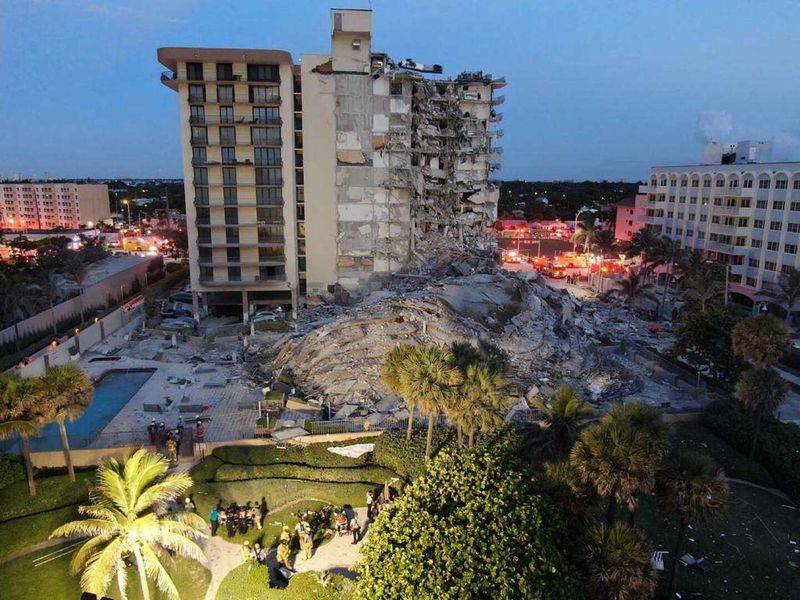
Outdated resort developments from the 1970s and 80s face declining popularity and increasing maintenance costs. Special assessments for infrastructure repairs often shock owners with unexpected five-figure bills.
These aging communities typically feature amenities that no longer match contemporary vacation preferences. Younger buyers show little interest in golf-centric developments with restrictive HOA rules and dated aesthetics.
Climate change concerns have shifted vacation home preferences away from certain vulnerable coastal areas toward more sustainable mountain options.
12. BUY: Greensboro’s Revitalized Manufacturing Districts
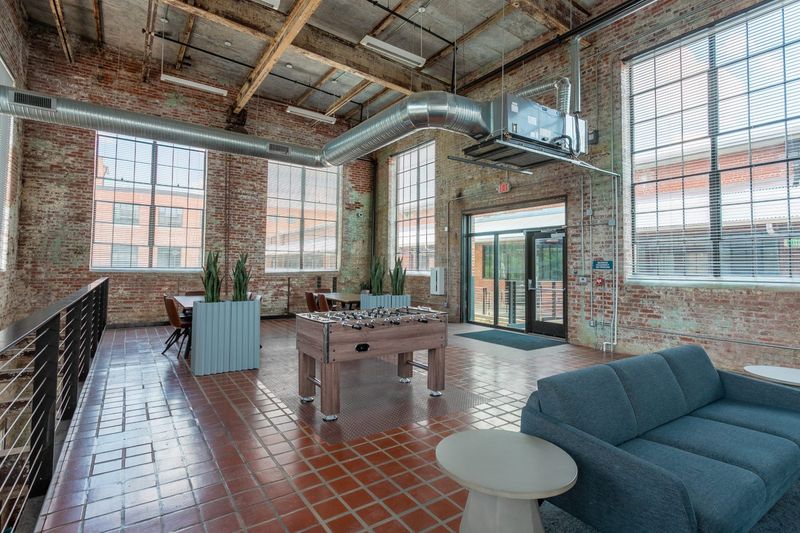
Former textile mills transformed into stylish lofts offer unique living spaces with historical character. These industrial conversions typically feature high ceilings, exposed brick, and oversized windows that command premium prices.
Greensboro has successfully pivoted toward education, healthcare, and technology sectors. The city’s commitment to adaptive reuse has created vibrant mixed-use districts where residents can walk to restaurants, shops, and entertainment.
First-time buyers particularly appreciate the combination of architectural character and relatively affordable price points.
13. AVOID: Areas With Limited Healthcare Access
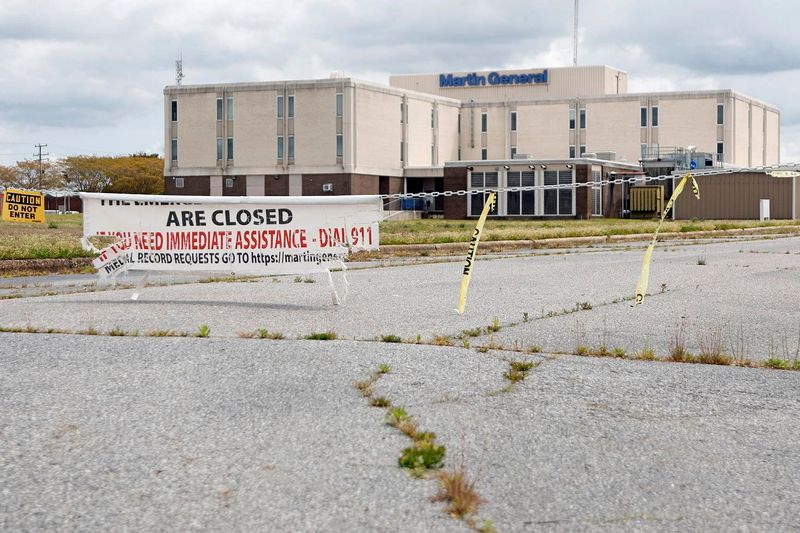
Rural hospital closures have created healthcare deserts across parts of North Carolina. Properties more than 30 minutes from emergency services face diminishing demand, especially among retirees and families with children.
These areas struggle to attract healthcare professionals, creating physician shortages. Insurance companies increasingly factor location into healthcare premiums, making total living costs higher than they initially appear.
The pandemic highlighted the importance of healthcare proximity, permanently shifting buyer preferences toward medically served communities.
14. BUY: Charlotte’s Urban Infill Projects
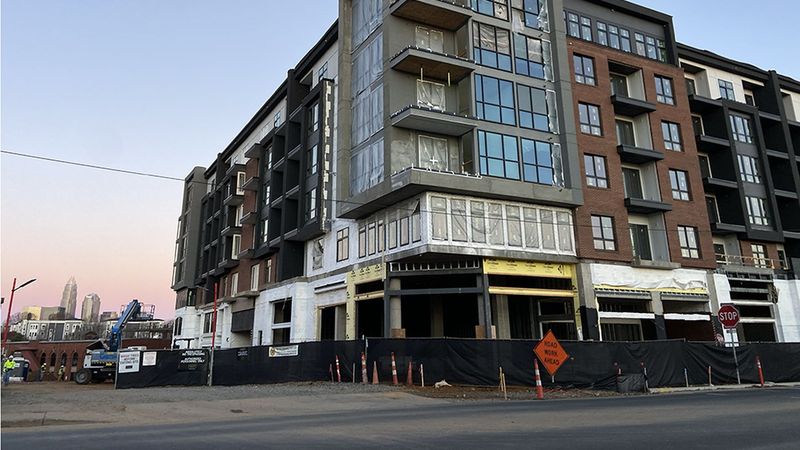
Strategic developments in previously overlooked Charlotte neighborhoods offer excellent value with growth potential. These infill projects typically feature modern designs with energy-efficient features that appeal to eco-conscious buyers.
Proximity to Charlotte’s expanding light rail system adds significant convenience and value. The city’s strong job market continues to attract young professionals seeking urban amenities without the price tag of established luxury districts.
Many of these areas are in the early stages of gentrification, offering early investors the strongest appreciation potential.
15. AVOID: Homes Near Future Highway Expansions
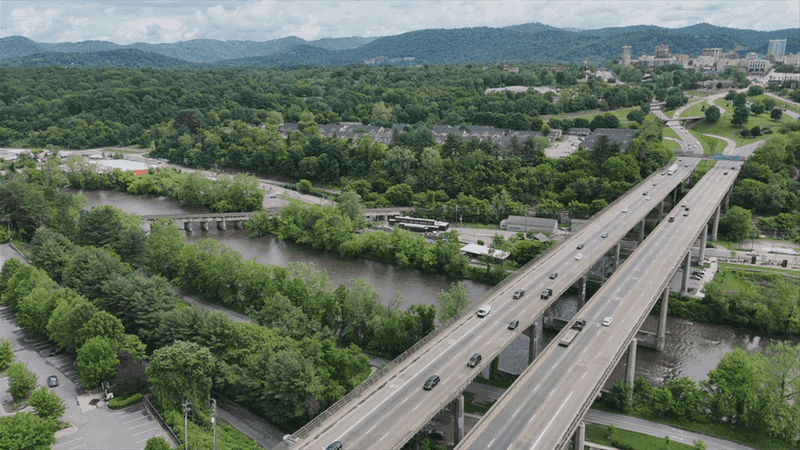
Wondering how upcoming roadworks might shake up your neighborhood? Several major transportation projects promise years of noise, dust, and traffic headaches for those nearby.
Homes close to new interchanges often see their values dip while construction rumbles on. NCDOT’s right-of-way grabs add a layer of uncertainty for owners who might lose part of their land.
Plus, being near highways now rings alarm bells for health-conscious buyers worried about air quality. Especially families with kids.
16. BUY: Winston-Salem’s Innovation Quarter Adjacent Housing
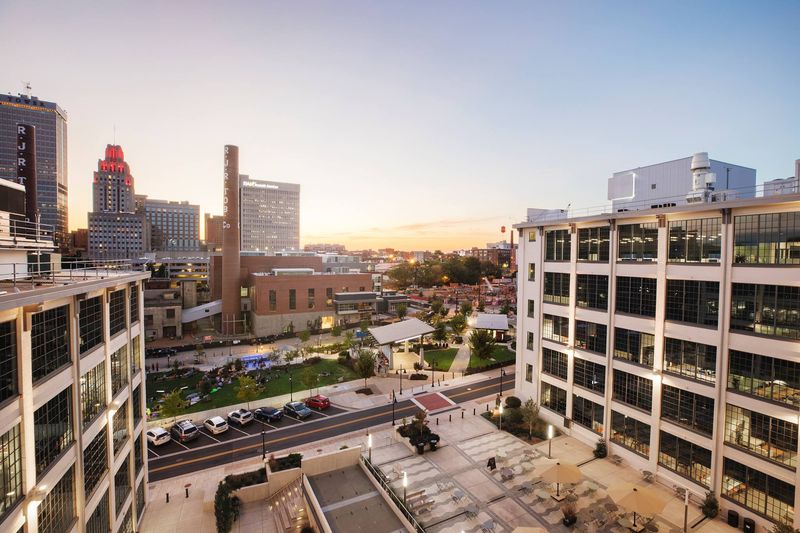
Properties surrounding this thriving research and business hub offer exceptional investment potential. The ongoing expansion of medical and technology facilities creates steady job growth and housing demand.
Winston-Salem has successfully transformed from tobacco dependency to a knowledge economy. The vibrant mix of startups, established companies, and educational institutions creates a resilient economic ecosystem.
These neighborhoods offer the perfect blend of urban convenience and small-city affordability that appeals to young professionals.
17. AVOID: Areas With Declining School Enrollment
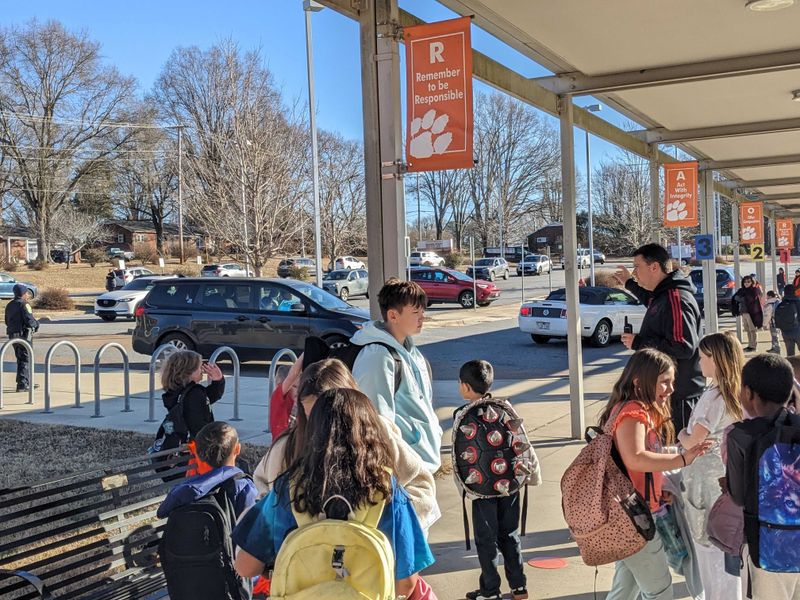
Demographic shifts have created concerning trends in several North Carolina school districts. Falling student populations often lead to school consolidations and property tax increases to maintain facilities.
Homes in districts with declining academic performance metrics typically see values lag 10-15% behind comparable properties in stronger districts. Young families research school quality extensively before purchasing, limiting the buyer pool for these challenged areas.
Even childless buyers consider school quality for future resale potential, making these locations problematic investments.
18. BUY: Greenville’s Medical District
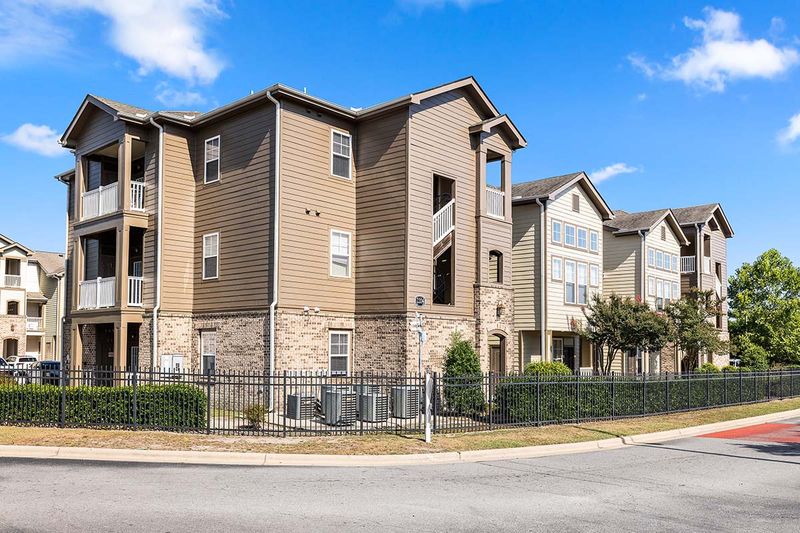
Healthcare expansion around East Carolina University creates robust housing demand from medical professionals. The growing hospital system and research facilities attract high-income employees seeking nearby housing options.
Greenville’s relatively affordable housing market offers strong rental yields compared to larger North Carolina cities. The stable healthcare employment base provides recession resistance that many other markets lack.
Properties suitable for medical students, residents, and visiting specialists command premium rents with minimal vacancy periods.
19. AVOID: Exurban Developments Without Amenities
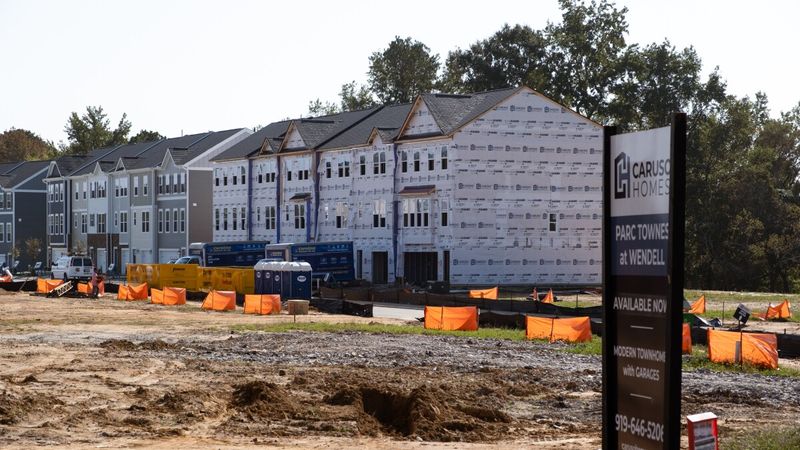
Ever bought into a neighborhood that feels more like the middle of nowhere? Far-flung developments often leave residents stuck with long drives for groceries and gas, talk about a lifestyle buzzkill!
Promised shopping and services sometimes vanish into thin air when sales stall, turning dream communities into half-finished ghost towns.
With gas prices climbing and eco-friendly buyers on the rise, these extreme-commute spots are getting tougher to sell. Especially to younger folks who’d rather bike than burn fuel.
20. BUY: Hendersonville’s Retirement-Friendly Neighborhoods
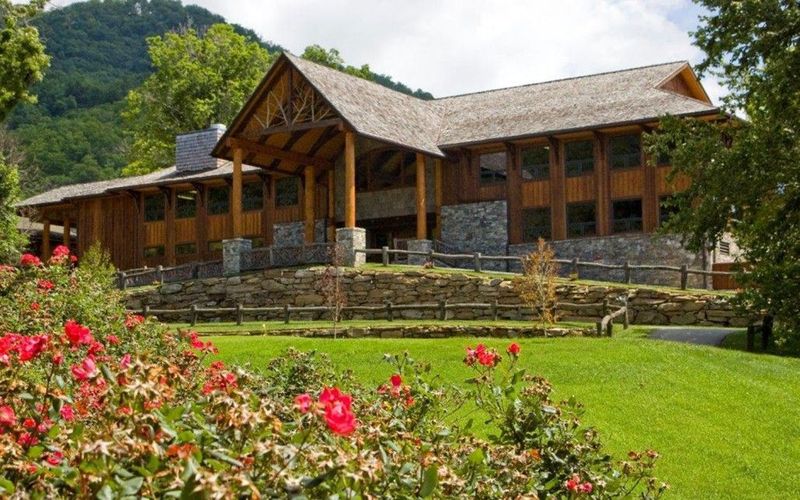
Carefully planned communities cater to active seniors seeking mountain beauty without Asheville’s premium prices. These developments typically feature single-level living, accessible design, and low-maintenance landscaping that appeals to downsizers.
Hendersonville offers a perfect balance of small-town charm and necessary medical services. The steady influx of retirees from higher-cost states creates consistent demand even during broader market slowdowns.
Many communities include social programming and amenities specifically designed for active adults seeking connection and engagement.
21. AVOID: Areas With Restrictive Short-Term Rental Bans

In my experience, jumping into North Carolina’s Airbnb market without checking local rules is like trying to surf without waves, exciting but risky. Municipalities are tightening Airbnb regulations faster than you can say “booked,” and HOAs are throwing curveballs that can slam rental income to a halt overnight.
I’ve seen owners caught off guard, watching their property values dip as vacation hotspots lose their rental charm.
Plus, those ongoing legal battles? They turn what should be a smooth investment ride into a rollercoaster no one wants to board. Wise investors? They steer clear until the dust settles.
22. BUY: New Bern’s Waterfront District
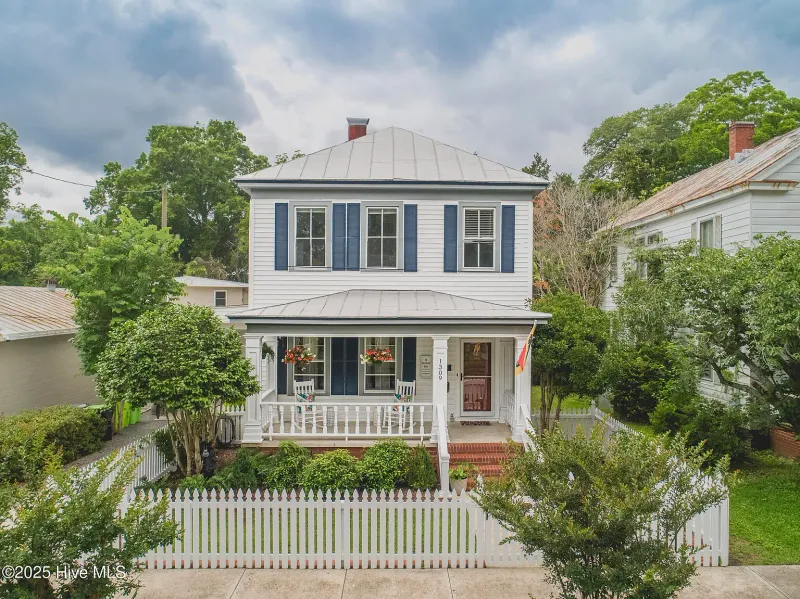
Colonial charm combines with waterfront access in this historic coastal town. The carefully preserved architecture creates enduring appeal that transcends housing market cycles.
New Bern has invested significantly in flood mitigation and resilient infrastructure. The town’s growing popularity among history enthusiasts, boaters, and retirees creates diverse demand that supports property values.
Many homes offer income potential through owner-occupied bed-and-breakfast arrangements or separate rental units. That’s providing flexibility for buyers seeking to offset ownership costs.
23. AVOID: Unrenovated Homes With Obsolete Features
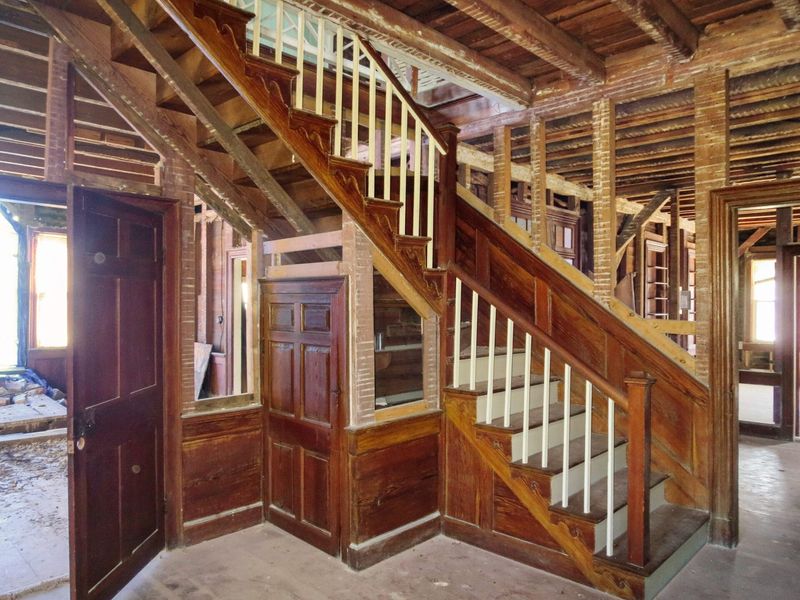
Properties with outdated electrical systems, asbestos materials, and inefficient heating face increasingly expensive renovation requirements. Insurance companies are becoming stricter about these issues, sometimes denying coverage entirely.
Homes with floor plans unsuitable for modern living, like closed-off kitchens and tiny bathrooms, require costly structural modifications. Nowadays, we all expect open concepts, home offices, and energy efficiency that many older homes simply cannot provide without major investment.
Renovation costs have increased dramatically, making these fixer-uppers financial quicksand for unprepared buyers.

